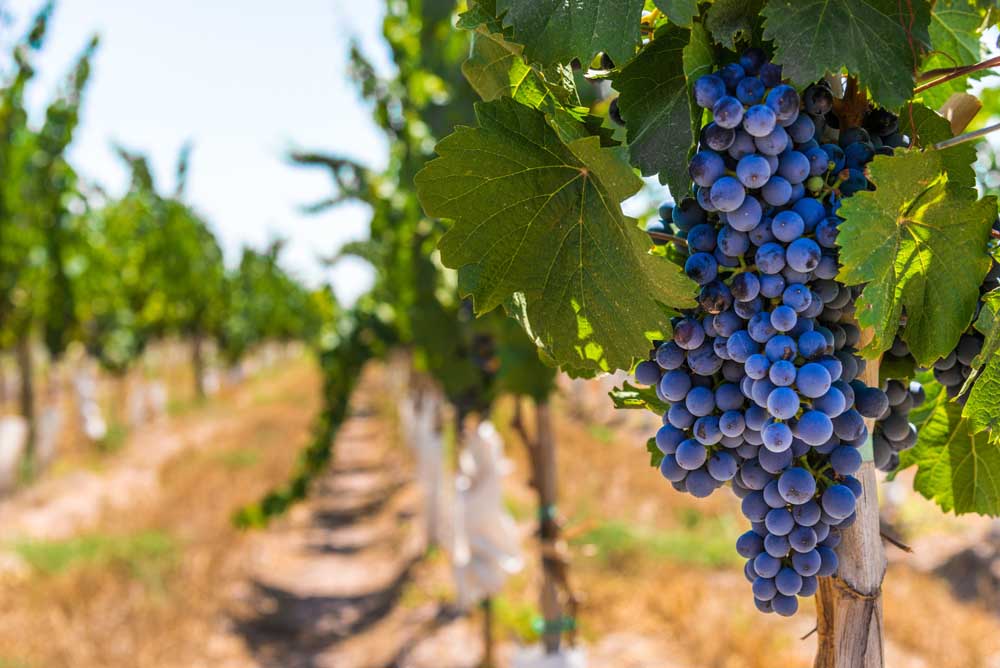THE WINE STREAM: Understanding the way wines are made
Published 3:44 pm Friday, February 3, 2023

- Agricultural practices in growing grapes has changed over the years.
Wine comes in many styles, from the growing techniques and winemaking process to the bottling and the drinking. Have you ever asked what it all means?
In my next few columns I’ll do some explaining along those lines.
Let’s start by looking at some commonly used terms — conventional, natural, organic, biodynamic, artisanal.
Conventional wine is basically what the U.S. wine industry has been built on. During WWII a proliferation of chemicals was developed for the military, mostly planned for destructive use.
Left over after the war, they became thought of as useful and were employed by mainstream agriculture to promote higher yields and more”‘marketable” crops. Those products were super-systemic, killing not only unwanted insects, bacteria and plants, but healthy and protective ones as well. The entire model was based on profit, and profit only.
When conventional chemical agriculture was introduced in the vineyards around the early 1970s, it was a standardized and unquestioned agricultural practice. It wasn’t until 1985 the term “biodiversity” was first used.
The usage of chemical winemaking additives such as flavorings, sulfites, yeasts and dozens more are why wine, particularly U.S. wines, were able to taste the same year after year. In reality, without chemical manipulation in winemaking, wines will, and should, taste different from vintage to vintage based on the environmental conditions the grapes were grown in.
But because homogenization was introduced to the U.S. consumer as promoting a higher quality, safer and more consistent product, the process infiltrated the wine industry. People wanted every bottle to taste the same, just like milk or Velveeta.
Many additives can also be used to impart the kind of flavor desired in subpar fruit.
This is a standard practice, especially among large, corporate wines created for mass consumption.
“Natural” is common on labels of all kinds, but it has no legal definition. A box of grain or a cosmetic containing “plant extracts” may be labeled as natural, but that does not necessarily mean it was grown without chemicals or doesn’t contain other non-natural ingredients, such as preservatives.
By law the labels on food and cosmetics must show the ingredients, and the order in which they are listed tells how prominent they are in the product. Wine labels do not have this regulation, so ingredients, other than sulfites, are not generally shown.
Grapes are certainly natural, but they may or may not be grown without chemicals, and wine may or may not be created without synthetic additives.
One of the essential conditions of a true natural wine is whether it was made from organic grapes. However, organic wine is not necessarily natural wine, because winemaking additives can be used during the fermentation process.
This requires manipulation and intervention, altering the fermentation of the grapes.
A true natural wine is hand harvested, free of chemicals and additives, with low to no intervention during the entire winemaking process.
Then there are biodynamic wines. Biodynamic wines are grown according to principles created by Rudolph Steiner in the 1920s.
Based in anthroposophy, these principles include methodology founded on a specific calendar and must be followed in all aspects of the vineyard and winemaking. Biodynamics is inherently organic, chemical- and additive-free, and requires extensive specialized practices.
Artisanal wines are most often produced using natural, centuries-old methods.
These wines are crafted by independent winemakers who may grow their own grapes or purchase from a variety of vineyards.
These wines are handcrafted and usually in limited supply but may be in any style of the wines listed above.
In Oregon, all of these winemaking styles are practiced. The approach of crafting a more natural wine with little intervention is taking hold here, but in practice, conventional or organic are the current standards.






